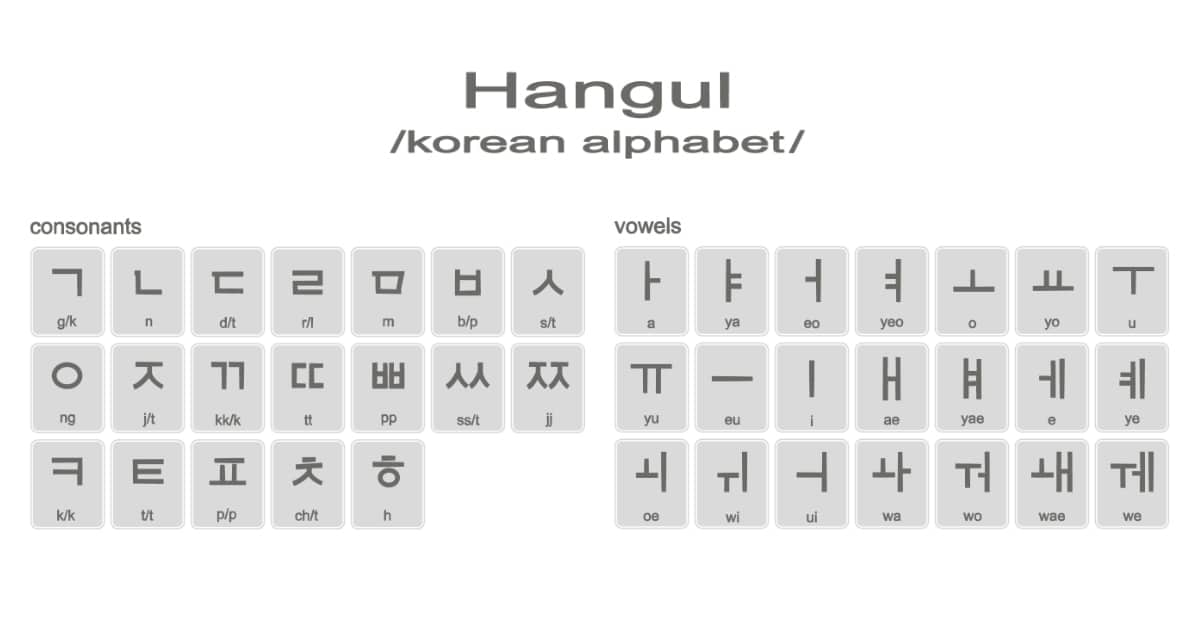Learning a new language is always a challenge. Even if you learn one that might be easy for you. Because there will always be some differences in words, alphabets, pronunciation, and more.
Now imagine if the language is very hard or totally unfamiliar for you. But the difficulty will be worth it. Learning a second or third language will bring you new personal and professional opportunities. So you have to think deeply about which one it will be.
If you are a person that loves challenges, you might want to learn a completely different language from English. One in which you will not find many words that sound or look like English words. Maybe even one that has another alphabet, or sounds that you’ve never heard. Well, good news! Those languages exist!
Here are some of the hardest languages for English speakers to learn. But don’t be too afraid, rather think about it as a way of gaining new perspectives of the world!
Mandarin Chinese
This is one of the hardest languages for English speakers to learn because many basic things are different from the English language. First, English uses the Latin alphabet, while Mandarin uses characters. There are more than 50,000 characters in the Mandarin Chinese language. Though you probably won’t need all those characters to understand something in Chinese, you’ll still need to know around 3,000.
Of course, you can help yourself with the Pinyin system, which helps you write the sounds of Chinese using the Latin alphabet. This way you’ll write using the letters that you know.
But while the Pinyin system helps teach the sounds of the characters; it doesn’t replace the characters. If you really want to learn to read Mandarin (which may not be necessary for your goals), you should learn the characters, as they are an important part of the language.
Mandarin Chinese is a tonal language. You have to be careful when you pronounce something. Some words might sound similar but the slightest difference in tone can change their meaning. Pinyin can use tone marks (kind of like accents above the letters) or numbers to know how to exactly intonate a word.
Though there are many differences between Mandarin Chinese and English, you shouldn’t give up on it. By learning it, you’ll get new skills. Plus, it will bring you many opportunities as it’s one of the most spoken languages in the world.
Japanese
The Japanese language has three writing systems, which makes the writing a little more complicated than what English speakers are used to. Two of them are syllabaries (the way the sounds are): Hiragana and Katakana. This means that the symbols represent the sounds of vowels and consonants (ba, sa, cha, etc). Then, there’s the kanji pictographic alphabet.
There are more than 50,000 characters in the kanji alphabet; some say that there are even more than 100,000. Though you only have to learn 2,000 to understand the everyday language in Japanese.
Another difference is that Japanese is written in a vertical way, and read from the top to the bottom and from right to left.
Also, the syntax (order of the words) is almost backward when compared to English, so oftentimes it takes a few hundred hours just to start switching your brain to start at the end of a thought, instead of how you would normally start at the beginning. For example, “I Paris to went”.
The subject might still be at the beginning (and the subject isn’t even necessary…) but the verb and direction are reversed. Another example, “is apples I like because I apples eat”. Basically, I eat apples because I like apples. But it’s hard to make this change in your head.
Of our list of the hardest languages for English speakers to learn, Japanese is spoken the most quickly. So if you’re a beginner, it might be hard for you to understand everything. And it might be even harder to speak like a native. But practice will get you there.
Arabic
One of the things that makes Arabic hard to learn for English speakers is that it has many sounds that don’t exist in English. So, listening and speaking might be tough to learn. Therefore, fluency might come more slowly than with other languages. Arabic also uses diacritics to show the correct pronunciation of a letter.
Writing and reading is also different from English since they’re done from right to left. But don’t get too stressed about it, you just have to get used to it. And you will with practice. The Arabic language has an abjad writing system. This means that they only write the consonants and you have to guess where the vowels go in each word.
There are also different types of Arabic because it’s spoken in different countries. And though some people might find this challenging, you shouldn’t. You just have to choose the Arabic that you want to learn and start with that one. After you learn it and feel more comfortable with it, you can move on to another type of Arabic.
Honestly, it’s not that hard to do. It’s like choosing between learning Mexican Spanish or Colombian Spanish; choose one and go from there. You’ll end up learning the similarities and differences in the words and sounds, and that will expand your entire perspective of the language.
Hungarian
Hungarian is an agglutinative language; this means that words are formed by morphemes. You can add many linguistic components to a word and keep making it bigger. This leads to really long words, which makes it one of the hardest languages for English speakers to learn.
Another difficulty is that Hungarian has a lot of vowels: 14! While many other languages, like Spanish, only have five. Some of these vowels look the same but have different diacritic marks. So even though the alphabet looks like the Latin alphabet that English speakers know, it has some big differences.
Another one is that some letters are made of two characters, like the ‘Cs’ or the ‘Dz’. One letter is even composed of three characters! In total, the Hungarian alphabet has 44 letters.
Korean
Korean can be difficult for English speakers to learn, like grammatical structures. Words are not written in the same order as in an English sentence. It always goes the subject first, then the object, and finally the verb.
On top of that, there are different verb endings depending on the formality of the situation or who you speak to. Korean pronunciation can also be quite tricky for English speakers. There are some difficult sounds, like the double vowels.
But there are also some easy things, like the fact that there is no gender, so all adjectives and nouns are neutral. That’s an advantage since you don’t have to learn the gender differences from word to word.
Another big advantage is that the Korean alphabet, Hangul, is easy. The letters of the alphabet represent how your mouth has to move in order to make the sound of that letter. This is called a featural writing system.
Learning a Hard Language is Easy with a TruFluency Coach!
If you want to challenge yourself by learning one of the hardest languages for an English speaker, TruFluency can help you with that. We have native teachers that will assess your specific needs and create a customized course just for you.
All of our lessons are based on the Bellieu Method, which was created to make you truly fluent based on relevant lessons that practice what you need to learn to say. Plus, our classes are online, so you can take them from anywhere in the world.
We can help you achieve whatever language goal you have in mind with our customized lessons. Maybe you want to learn business vocabulary or casual conversation skills. Let’s make it happen!
Get started now and save 20% off your first month of classes with code TF20!





